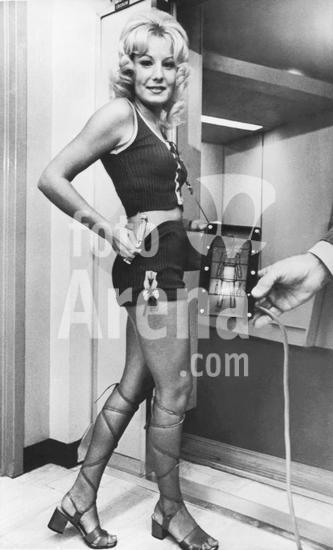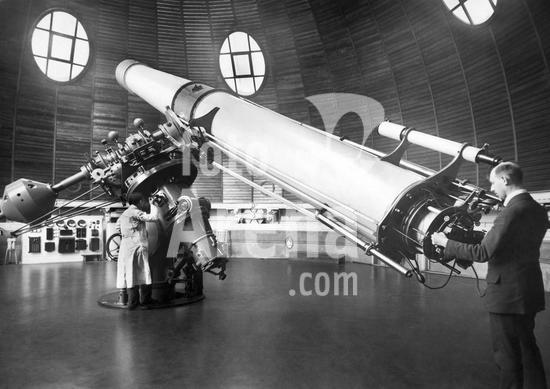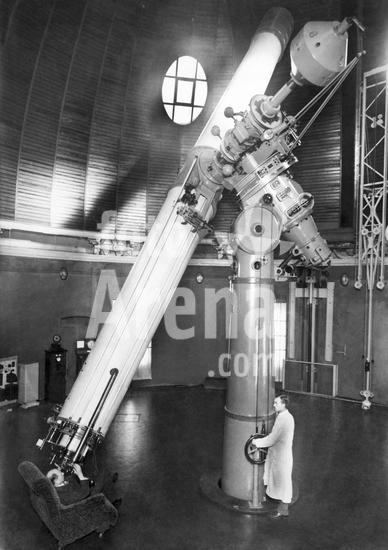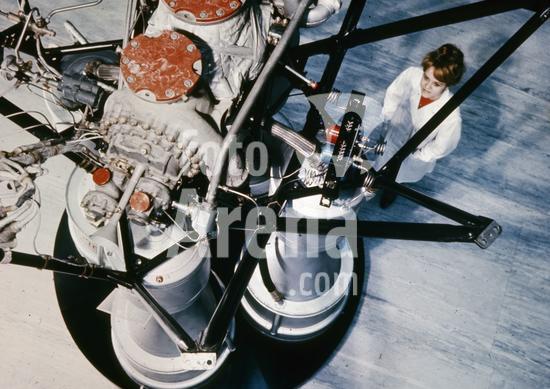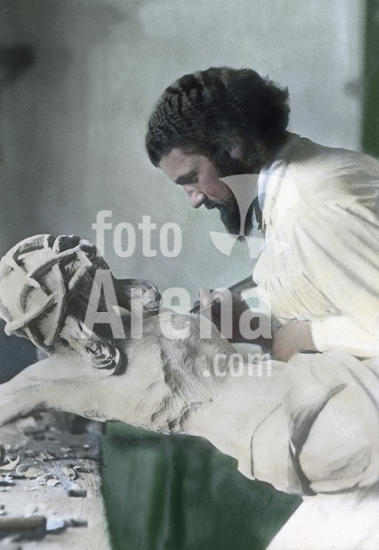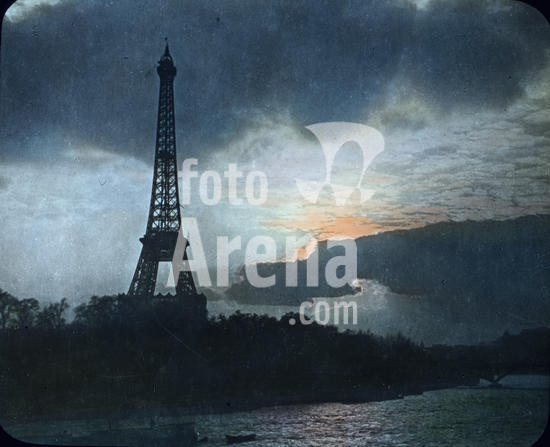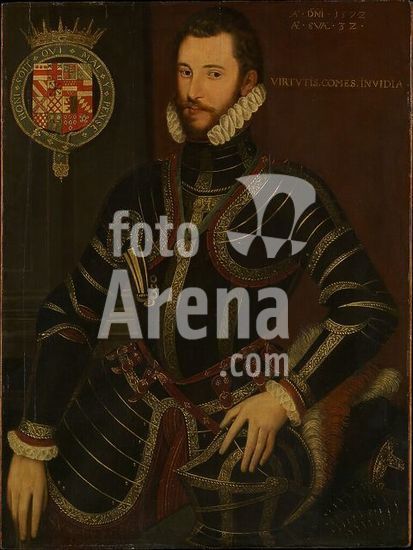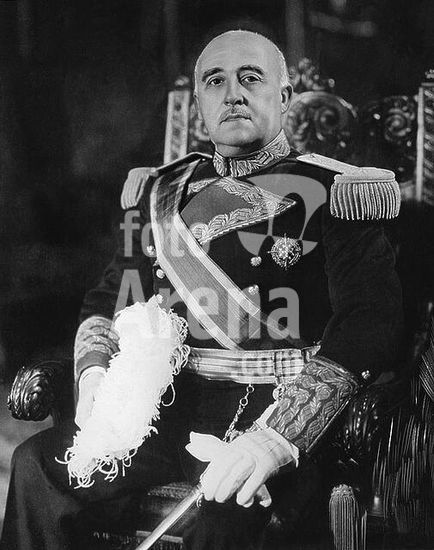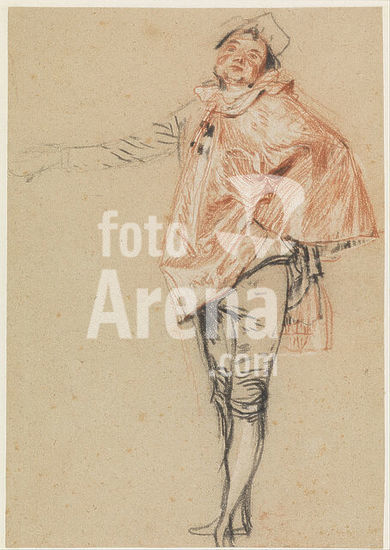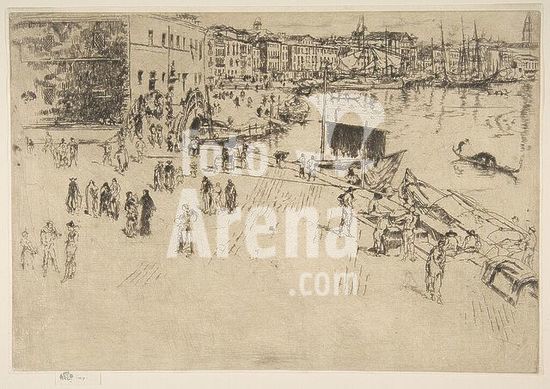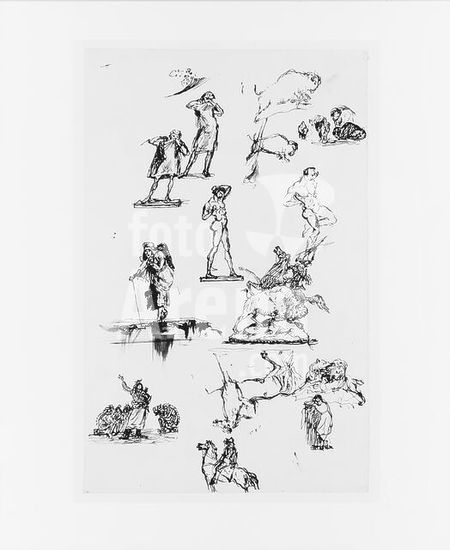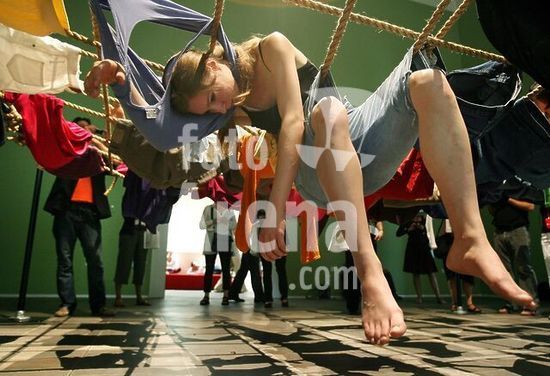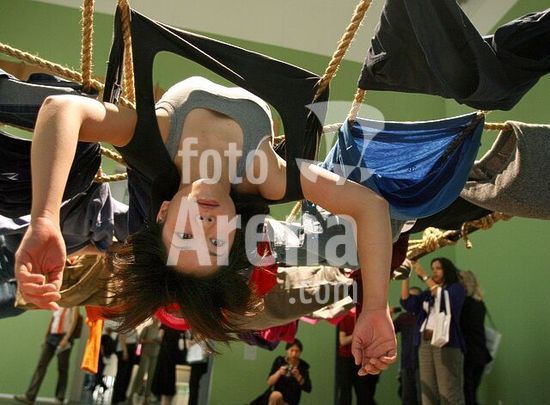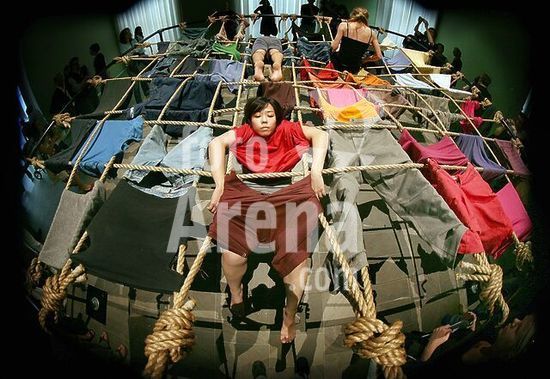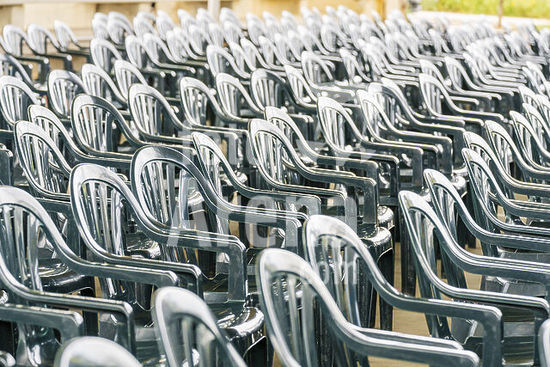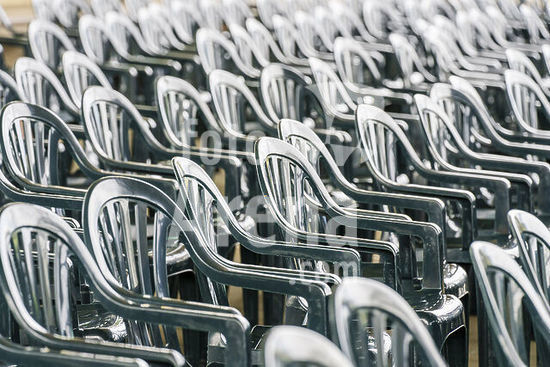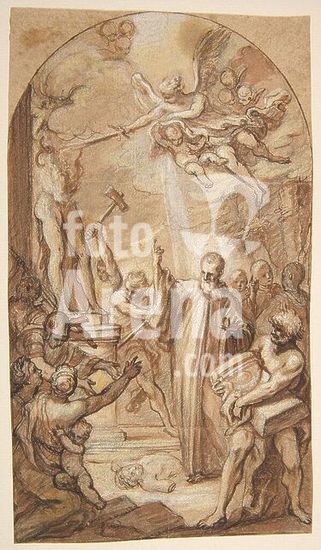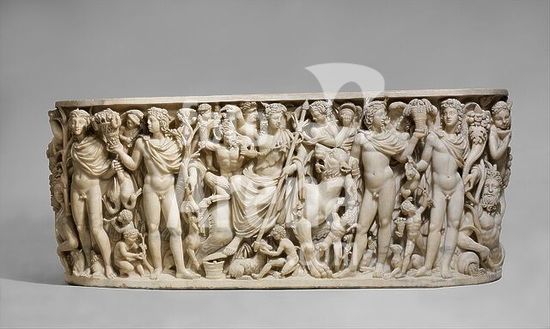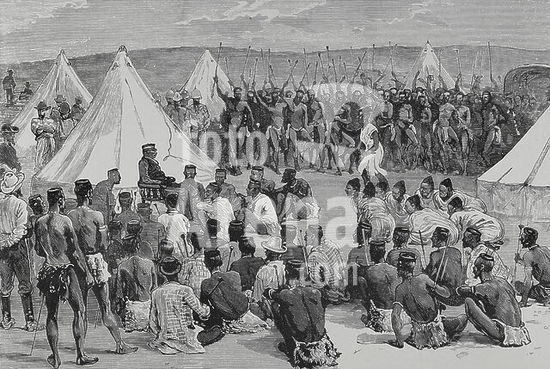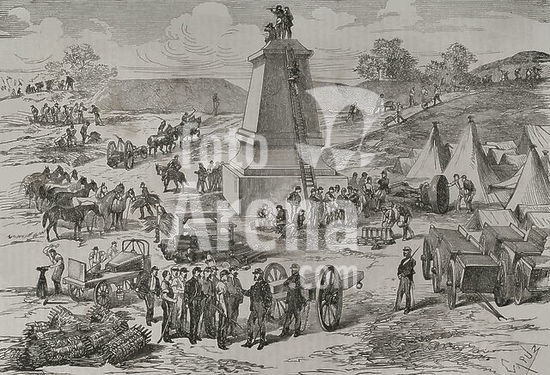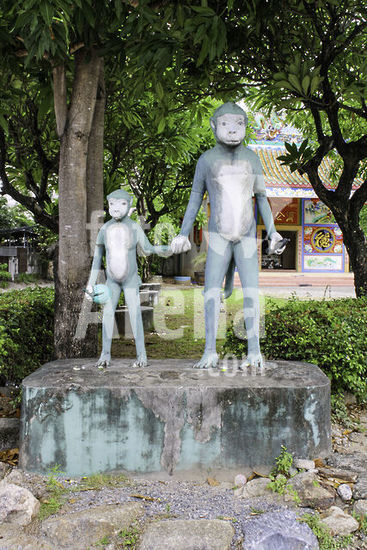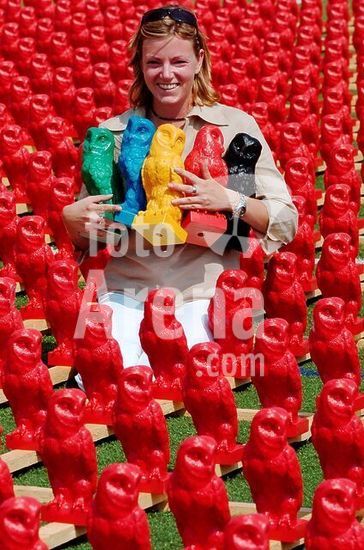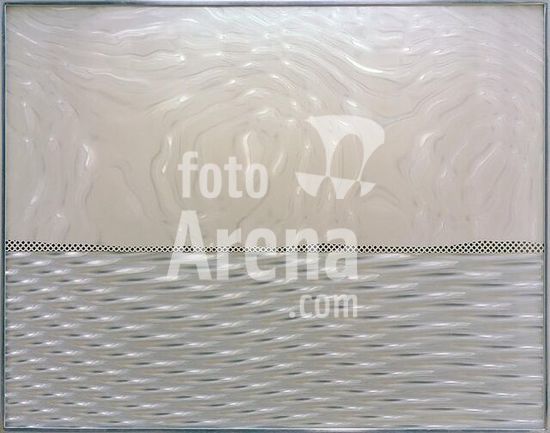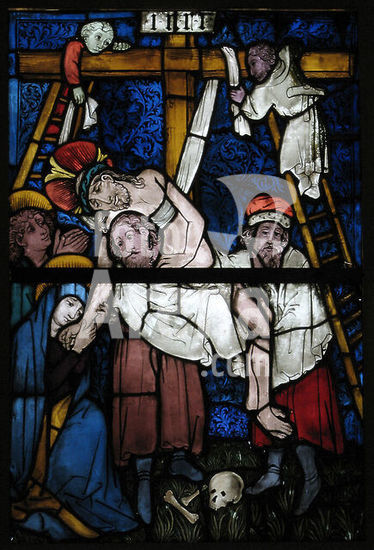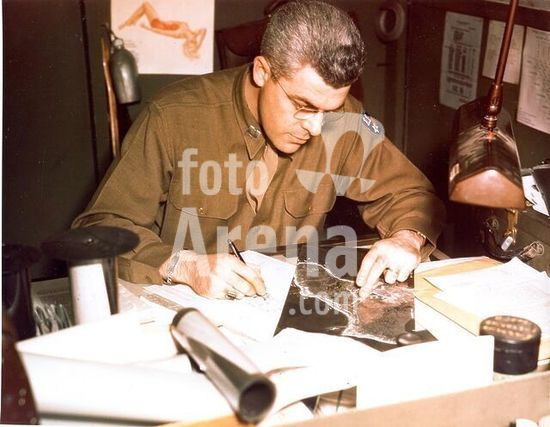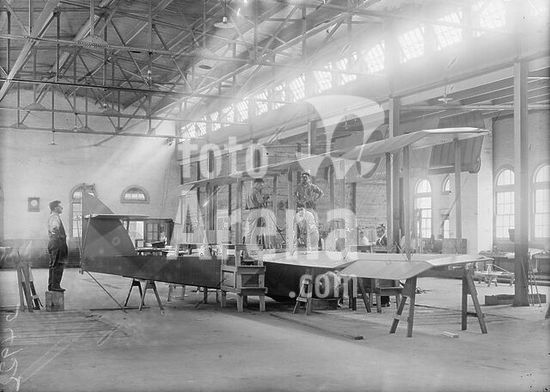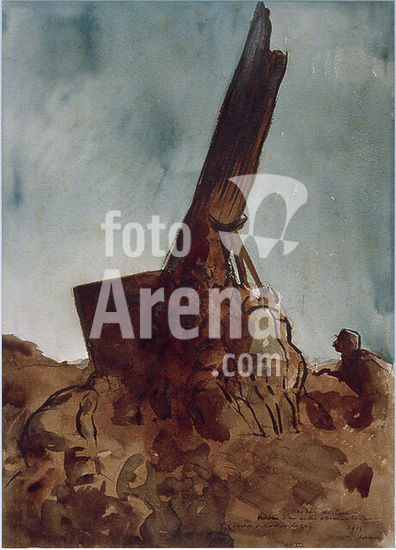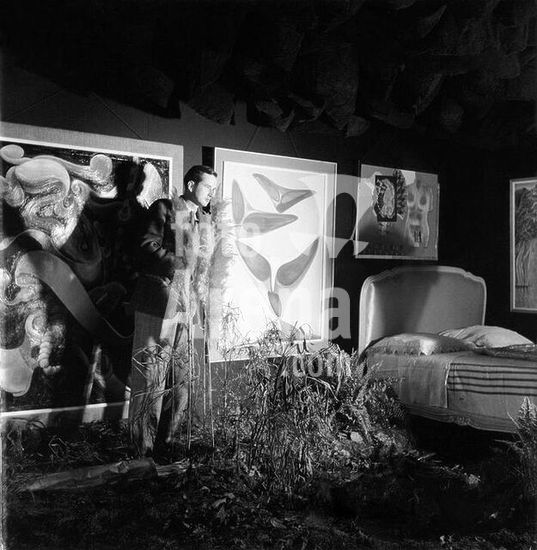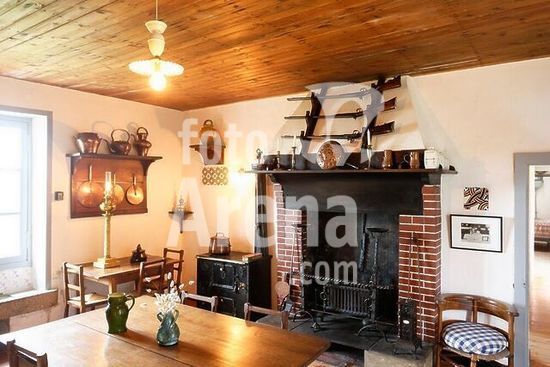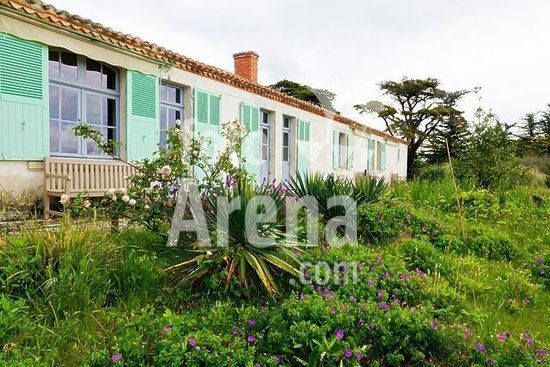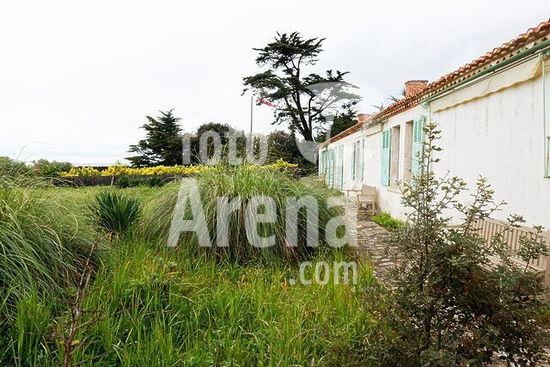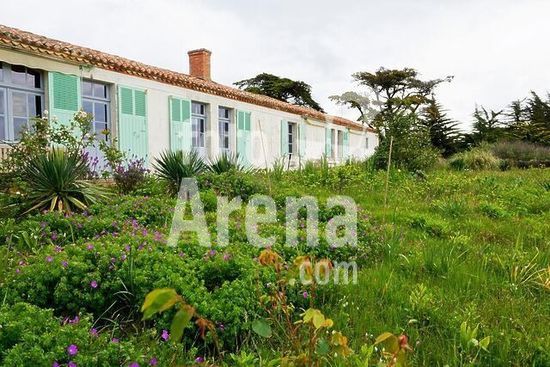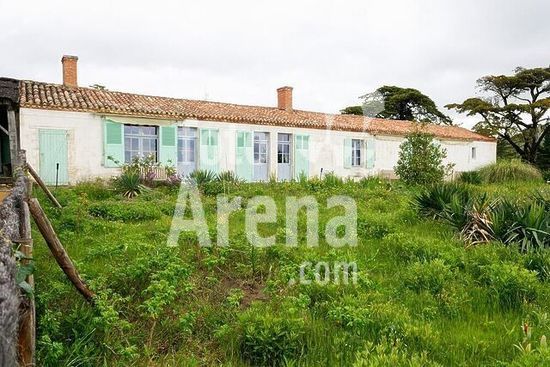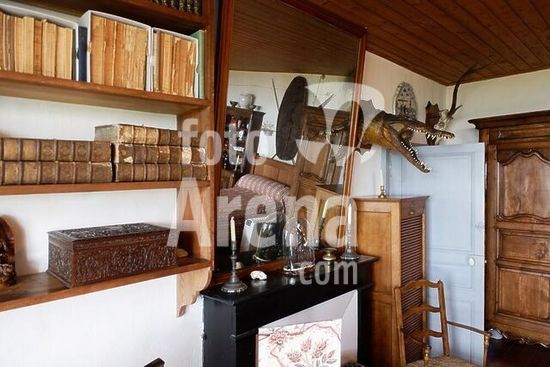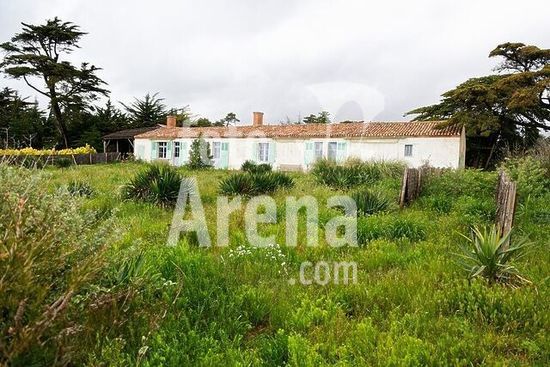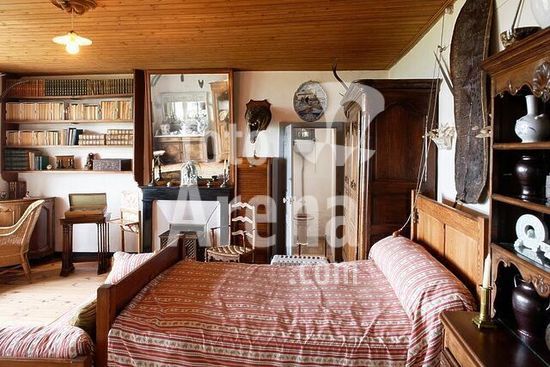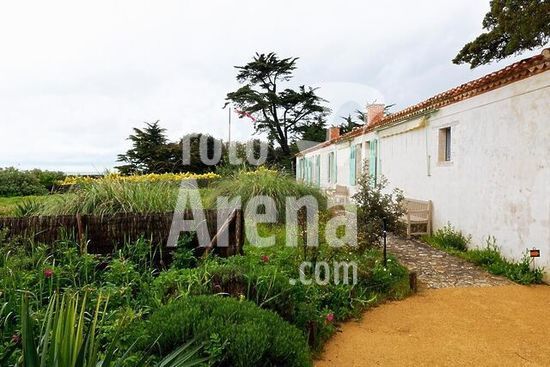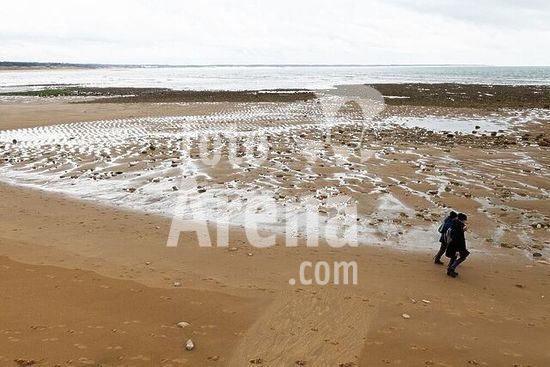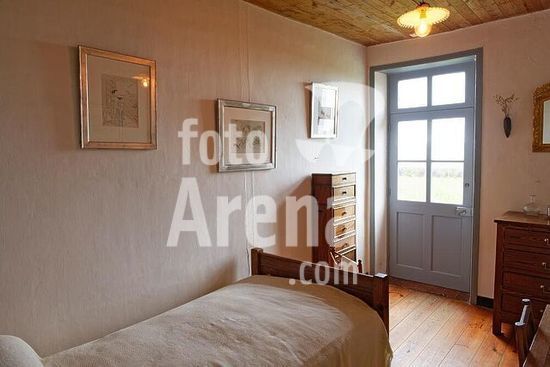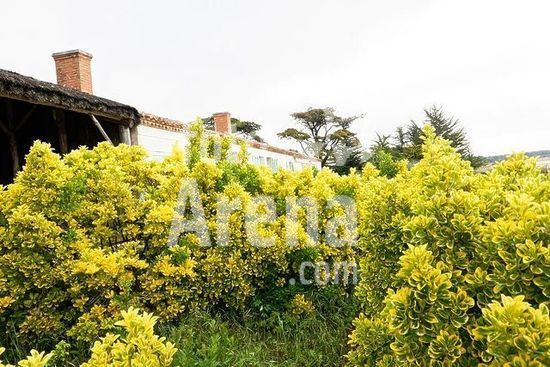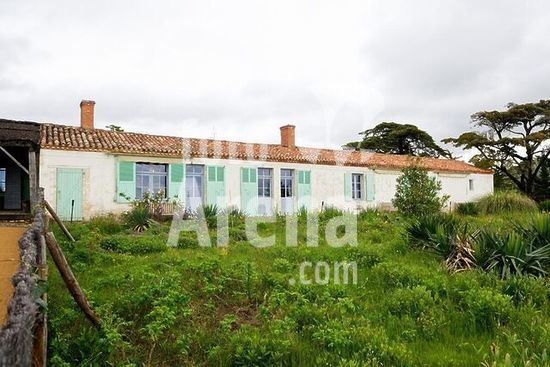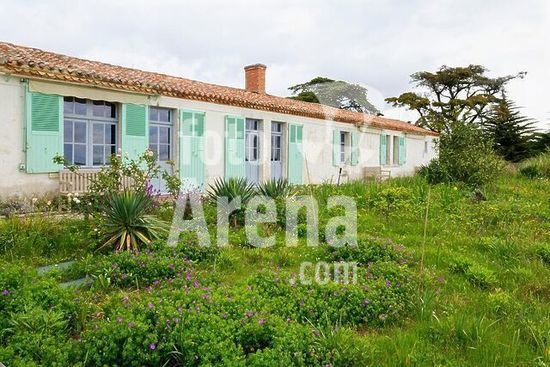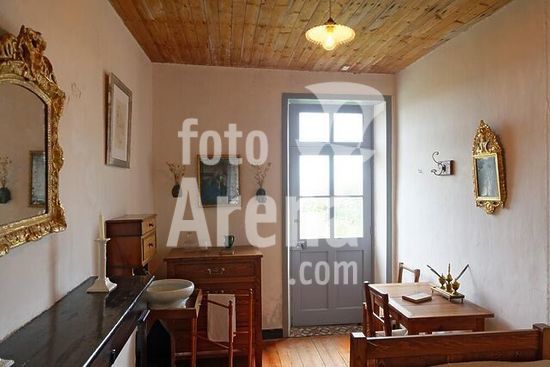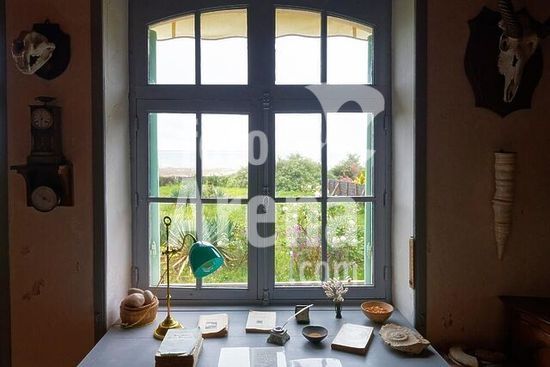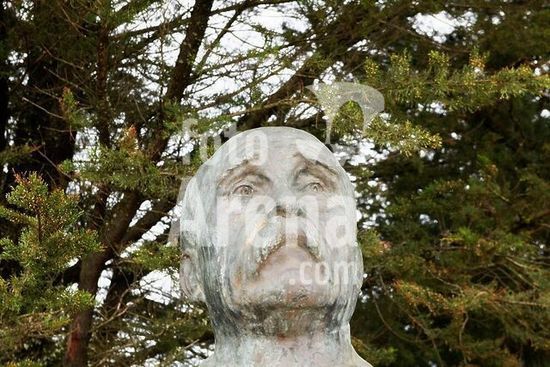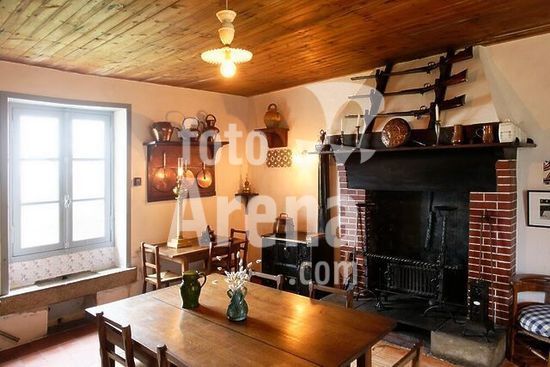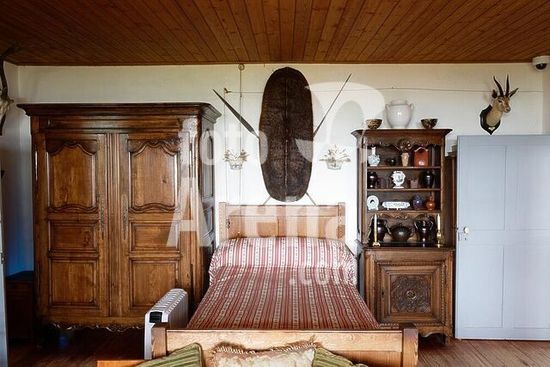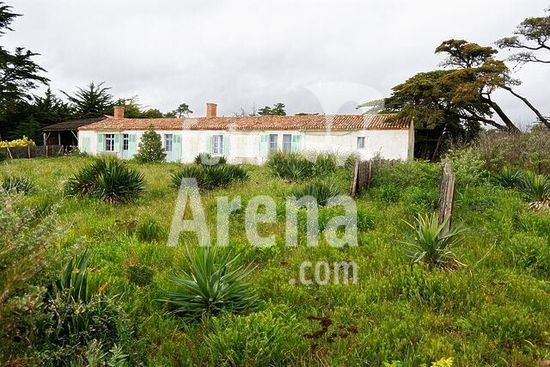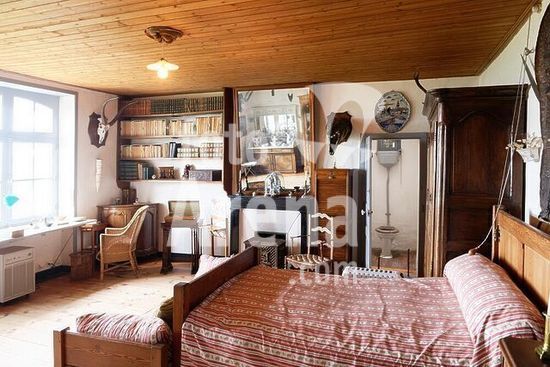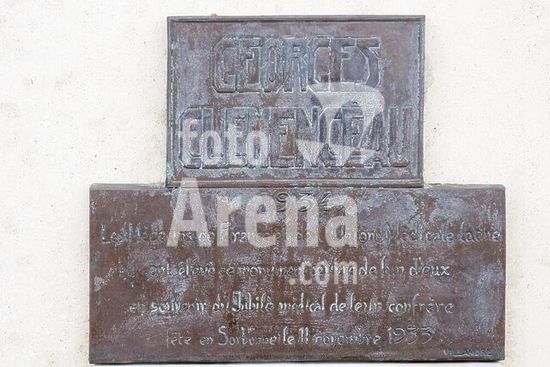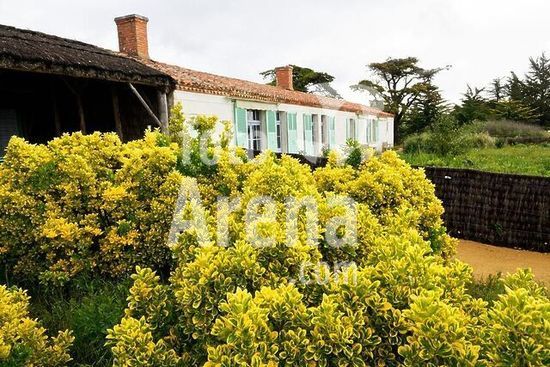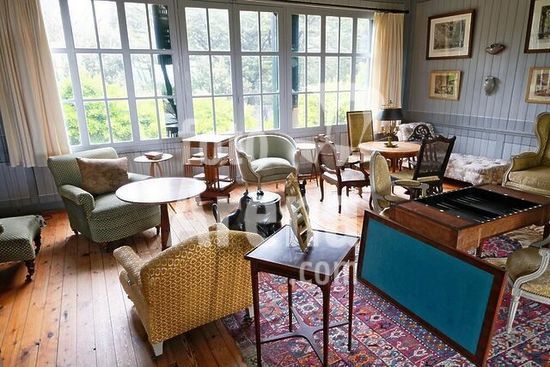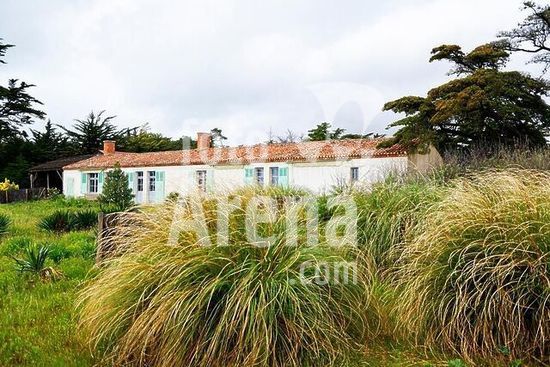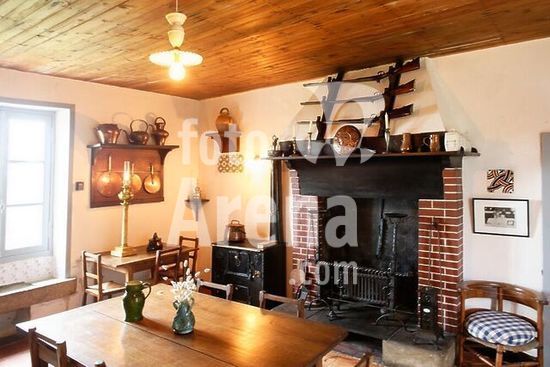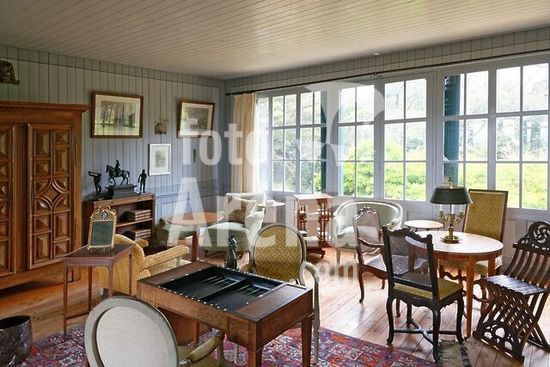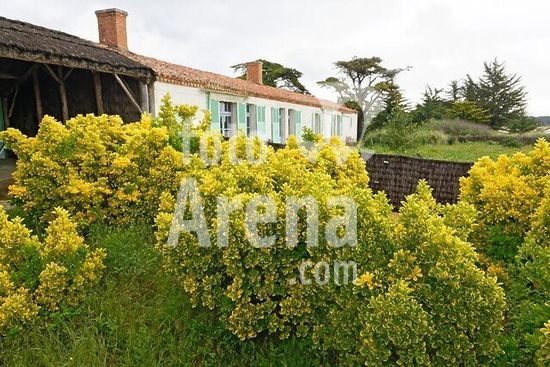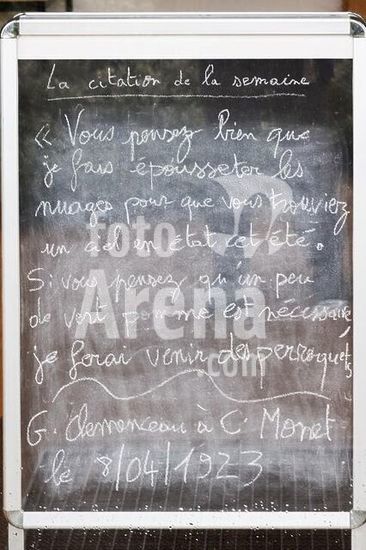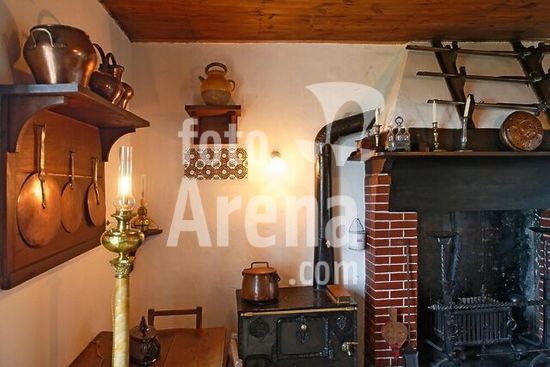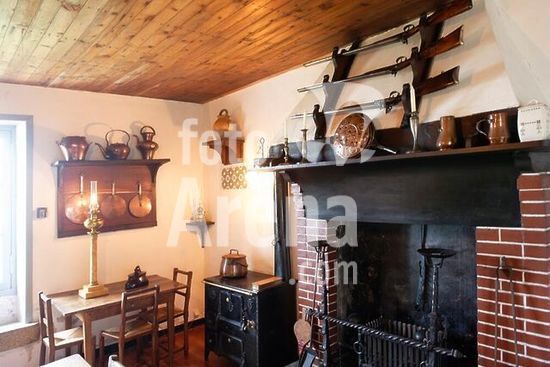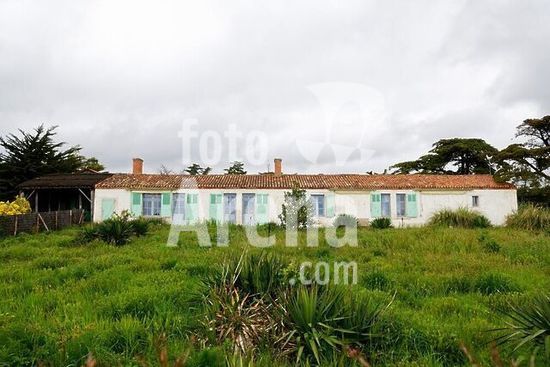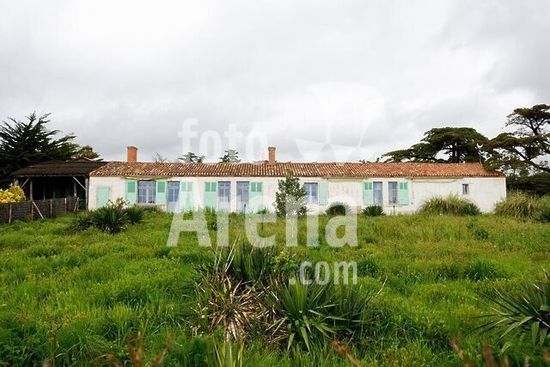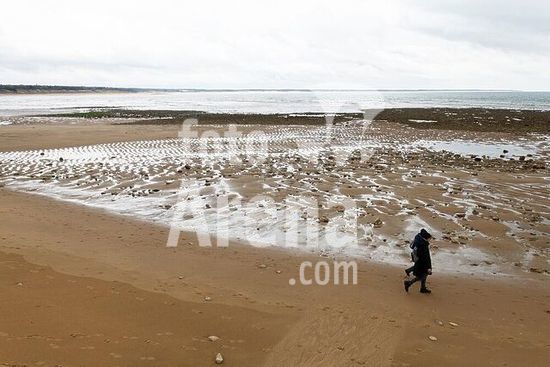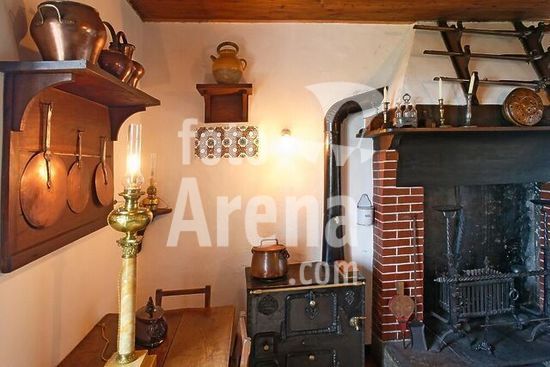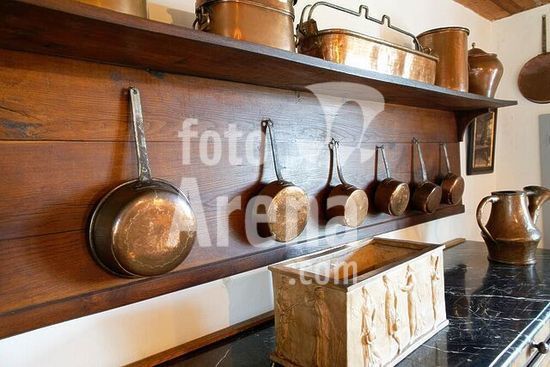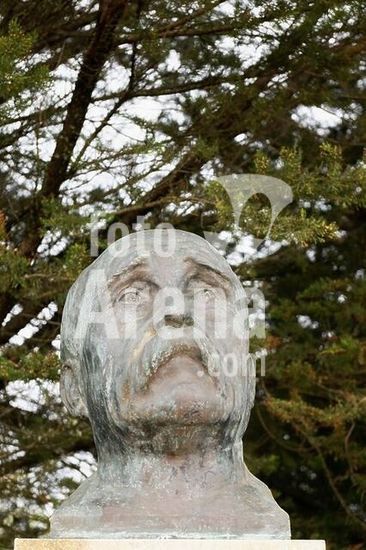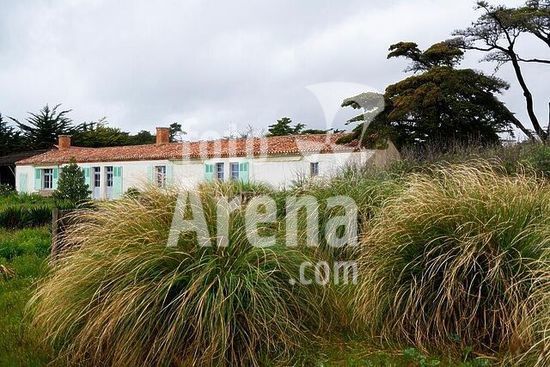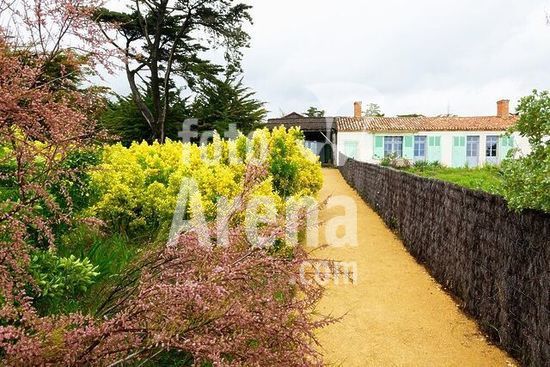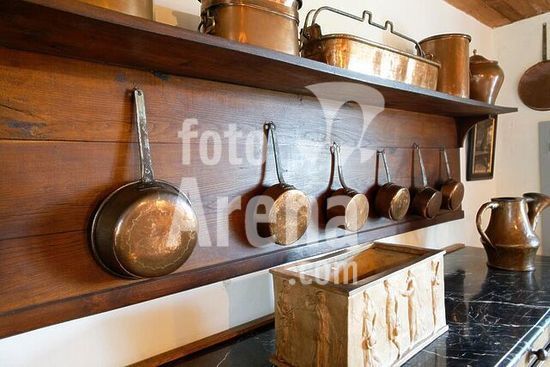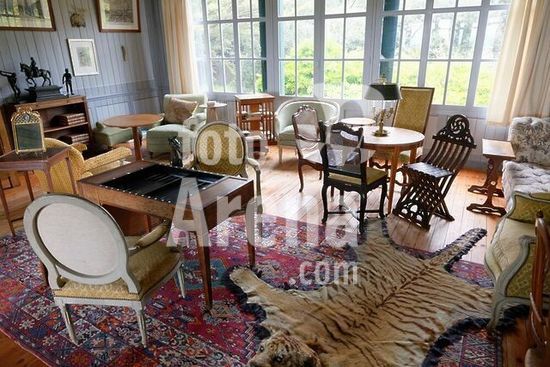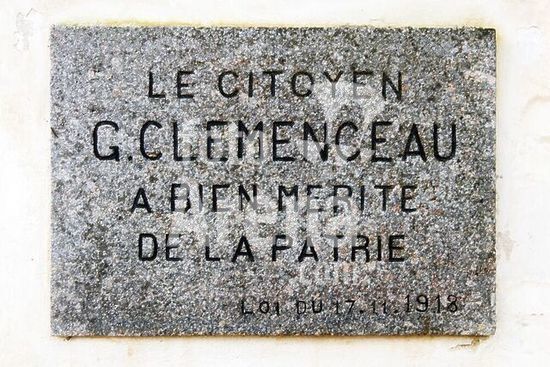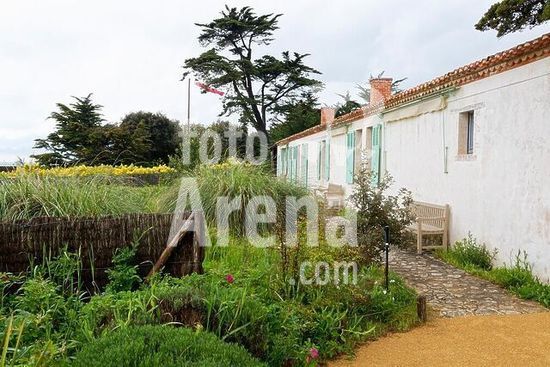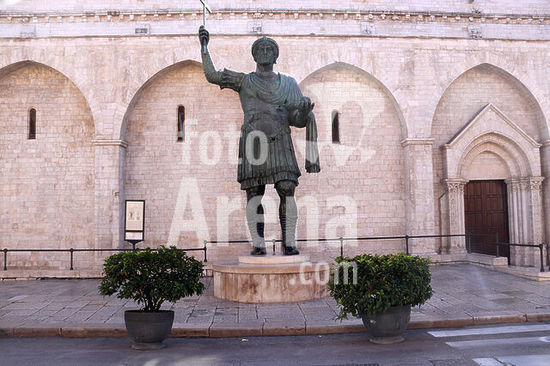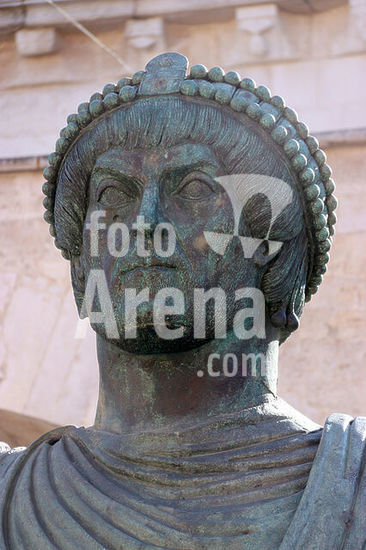
alb3675298
Francesco I de' Medici (1541-1587), Grand Duke of Tuscany. Artist: After a model by Giambologna (Netherlandish, Douai 1529-1608 Florence). Culture: Italian, Florence. Dimensions: Overall (confirmed): H. 30 3/8 x W. 24 1/2 x D. 13 11/16 in. (77.2 x 62.2 x 34.7 cm). Founder: Probably cast by Pietro Tacca (Italian, Carrara 1577-1640 Florence). Date: modeled 1585-87, cast ca. 1611.This imposing portrait of Grand Duke Francesco I de' Medici dates between 1585, when he received the Order of the Golden Fleece (the badge dangles prominently from a chain around his neck) and 1587, when he died. The model for the bronze clearly owes its character to the premier sculptor of the Medici family, Giambologna. Yet its facture is consistent with sculptures that Giambologna produced later in his career, specifically the work characteristic of his principal studio assistant, Pietro Tacca. Documents bear out the supposition that this sculpture is a later interpretation by Tacca of the older master's concept. Giambologna's most famous Medici portrait -- an equestrian monument to Francesco's father, Cosimo I, initiated in 1577 and installed in the Piazza della Signoria, Florence, in 1587 -- became the iconic image of the Florentine rulers and set standards across Europe.[1] When Queen Marie de Médicis (née Maria de' Medici) decided to commission an equestrian monument to her husband, King Henry IV of France, she relied on her family back in Italy to press the busy Giambologna to execute that monument.[2] Following the sculptor's death in 1608, the commission passed to Pietro Tacca. The bronze horse and rider were shipped from Florence to Paris in 1611, together with a bust. On October 7, 1614, Matteo Bartolini, the Tuscan emissary in Paris, wrote to his masters that the queen was sending 300 scudi to Tacca in recompense for the bust in bronze of her father, Francesco I. [3] When the Museum's bust appeared on the market in 1983, it was recognized as the long-lost possession of Marie de Médicis.Its debt to models by Giambologna and its execution by Tacca are evident. What may be Giambologna's earliest bronze bust of Cosimo I (Galleria degli Uffizi, Florence) is the direct prototype for Francesco I.[4] The image of the son follows that of the father: identical Renaissance armor -- with scalloped pauldrons and a rope motif centered across the breastplate -- is in both cases crossed by a sword sash over the right shoulder, topped by the ceremonial chain. The date of the bust of Cosimo is uncertain. It was probably cast after 1553, when the artist moved to Florence. Another scholar suggests, however, that it was made at the time of Cosimo's death, in 1574, and if so, the sculptor may have deliberately paired the busts of Cosimo and Francesco.[5] The parentage of the New York bust is clear, and there are also echoes in it of other Giambologna busts of Francesco, notably an example in marble over the door of the former Teatro Mediceo in Florence.[6] Similarly clad in contemporary armor, though wearing a sash over the left shoulder, that one lacks the badge of the Golden Fleece and thus predates the Museum's bronze; however, the fairly fleshy face and full beard indicate that the two are not far apart in date. Both busts accord with painted portraits, such as that by an anonymous artist in the circle of Scipione Pulzone in the Palazzo Pitti, Florence. [7] Earlier canvases, such as Tommaso d'Antonio Manzuoli's portrait of 1560 (Museo Civico, Prato), and marbles, such as Giovanni Bandini's Francesco I (Galleria degli Uffizi, Florence), with thinner face and beard, show how the duke's physiognomy changed over time; the full sequence of images indicates that the Museum's bronze bust represents the duke toward the end of his life.[8]Crisp chasing of the surface, sharp folds in the drapery, and a translucent reddish lacquer patina are characteristic of bronzes from Giambologna and his workshop later in the sculptor's career.[9] It seems likely that Tacca, a considerable artist in his own right, interpreted Giambologna's model and produced a meticulously clean bronze for his exalted and demanding patron, the queen of France.[10] The idealized, somewhat abstract portrait of Francesco accords with the imperious image the Medici sought for themselves. Created posthumously, the bronze captures the likeness but preserves the dignity of the sitter as an iconic image of a ruler. This was a man more at home in his studiolo, poring over natural specimens or fostering such inventions as Medici porcelain, than with ruling the state from the great hall (today the Salone dei Cinquecento) of the Palazzo Vecchio. Francesco's somewhat vacant stare manages to appear commanding while divulging no secrets of the inner man's true personality.[Ian Wardropper. European Sculpture, 1400-1900, In the Metropolitan Museum of Art. New York, 2011, no. 30, pp. 96-97.]Footnotes:[1] John Pope-Hennessy. An Introduction to Italian Sculpture. 3 vols. Vol. 3, Italian High Renaissance and Baroque Sculpture. 4th ed. London, 1996, pp. 335 - 36, 492 - 93, pl. 316. [2] See Geneviève Bresc-Bautier in Cast in Bronze: French Sculpture from the Renaissance to Revolution. Exh cat. edited by Geneviève Bresc-Bautier and Guilhem Scherf, with James David Draper, and with contributions by Jane Bassett et al. Musée du Louvre, Paris; The Metropolitan Museum of Art; J. Paul Getty Museum, Los Angeles; 2008-9. Paris, 2009. [French ed., Bronzes français 2008.], pp. 164 - 69, nos. 40, 41, for a recent account of the commission.[3] Archivio di Stato, Florence, Carteggio Mediceo, no. 4629 (first published in Giovanni [Johann Wilhelm] Gaye. Carteggio inedito d'artisti dei secoli XIV, XV, XVI. 3 vols. Florence, 1839-40. [Reprint ed., Turin, 1968.], vol. 3,p. 539).[4] Karla Langedijk. The Portraits of the Medici, Fifteenth-Eighteenth Centuries. 3 vols. Florence, 1981-87, vol. 1 pp. 469 - 70, no. 27,122. [5] Charles Avery. Giambologna: The Complete Sculpture. Oxford, 1987, pp. 167, 256, no. 32, pl. 172.[6] Ibid., pp. 169, 254, no. 15, pl. 175.[7] Les Trésors des Médicis, la Florence des Médicis: Une Ville et une cour d'Europe. Exh. cat. edited by Cristina Acidini Luchinat and Mario Scalini. Kunsthalle der Hypo-Kulturstiftung, Munich; Kunsthistorisches Museum, Vienna; Château de Blois; 1998-99. Paris, Munich, and Florence, 1999, p. 95, no. 35.[8] Elena Carrara in Masters of Florence: Glory and Genius of the Court of the Medici. Exh. cat. Pyramid, Memphis; 2004. Memphis, 2004, p. 148; Francesco Vossilla in Magnificenza alla corte dei Medici: Arte a Firenze alla fine del Cinquecento. Exh. cat. Museo degli Argenti, Palazzo Pitti, Florence; 1997-98. Milan, 1997, p. 31. no. 4.[9] Richard E. Stone (Richard E. Stone. "Organic Patinas on Small Bronzes of the Italian Renaissance." Metropolitan Museum Journal 45 (2010), pp. 107-23, p. 109) has analyzed its "magnificent organic patina of a striking color like that of a very old burgundy wine" (but he was unable to identify the resin that gives it its distinctive hue).[10] Jessica Mack-Andrick. Pietro Tacca, Hofbildhauer der Medici (1577-1640): Politische Funktion und Ikonographie des frühabsolutistischen Herrscherdenkmals unter den Grossherzögen Ferdinando I., Cosimo II. und Ferdinando II. Weimar, 2005; Pietro Tacca: Carrara, la Toscana, le grandi corti europee. Exh. cat. edited by Franca Falleti. Centro Internazionale delle Arti Plastiche, Carrara; 2007. Florence, 2007. Museum: Metropolitan Museum of Art, New York, USA.
DC































































